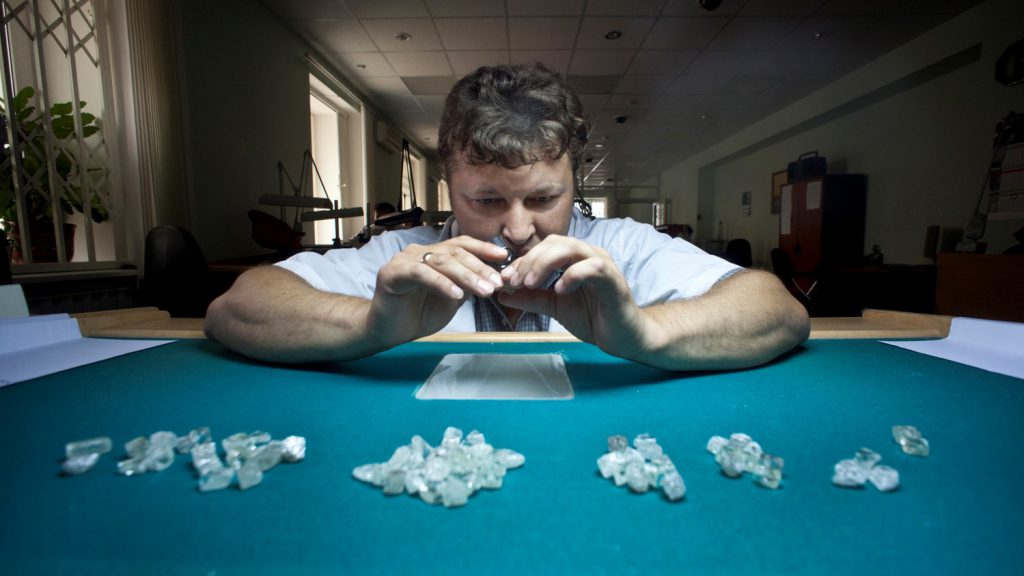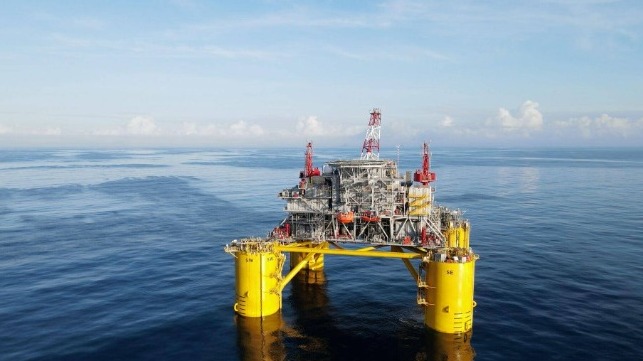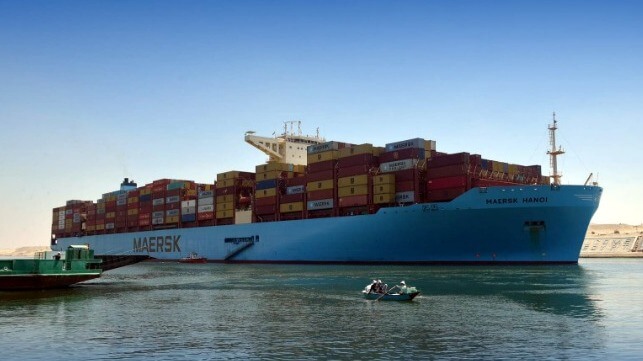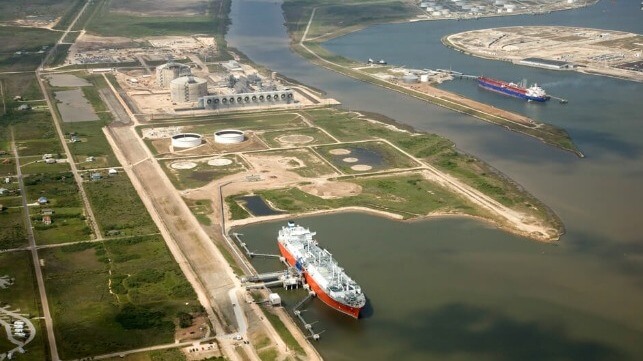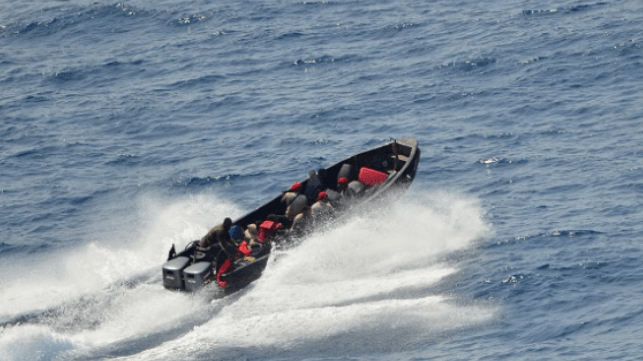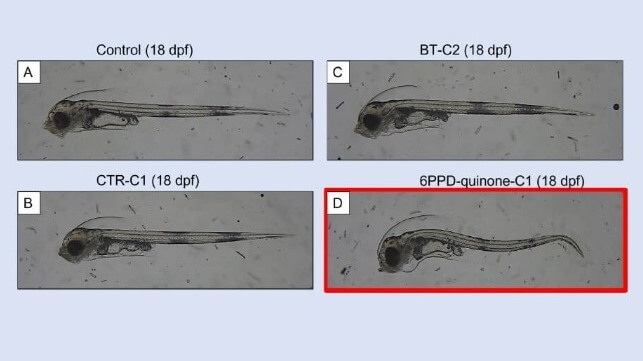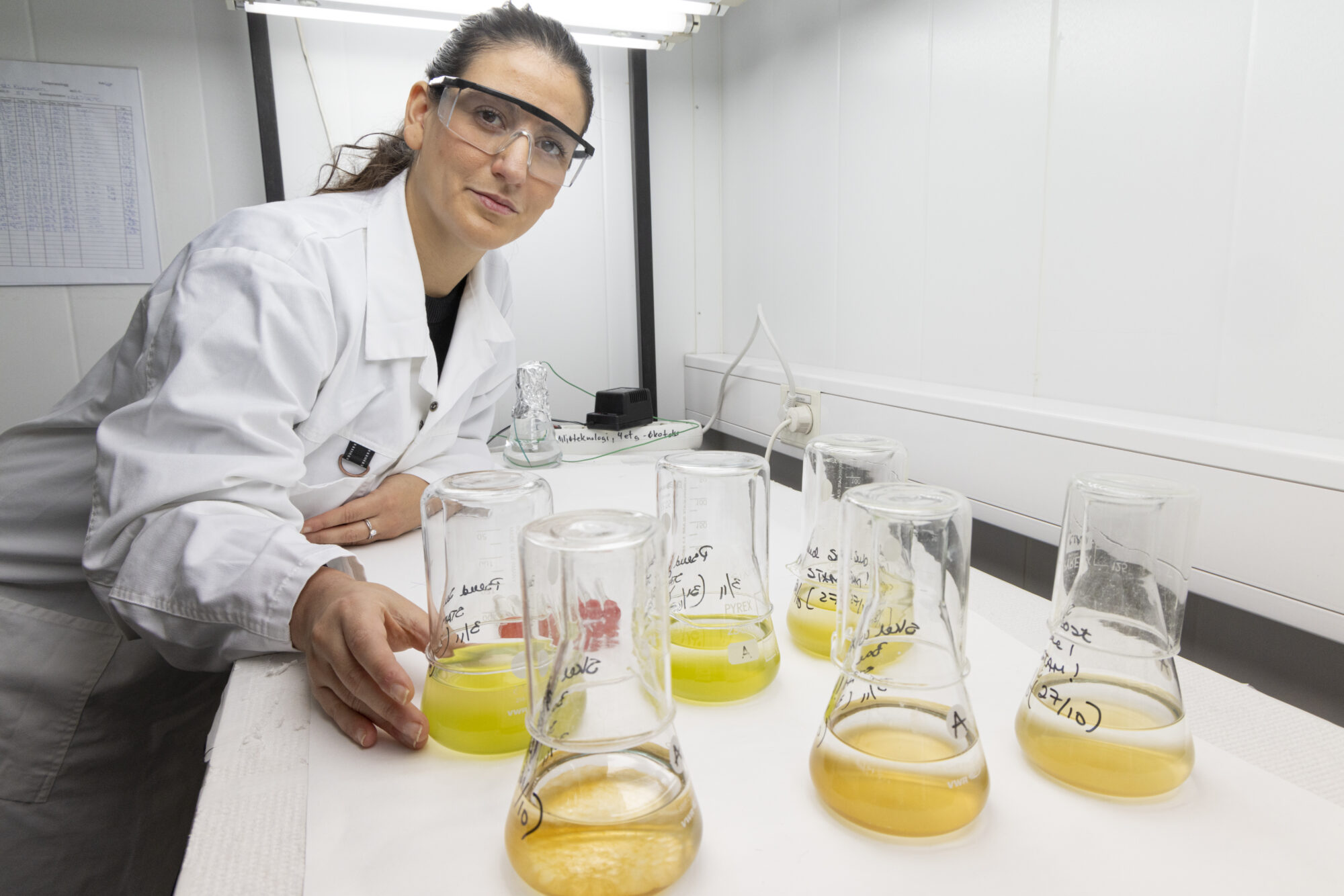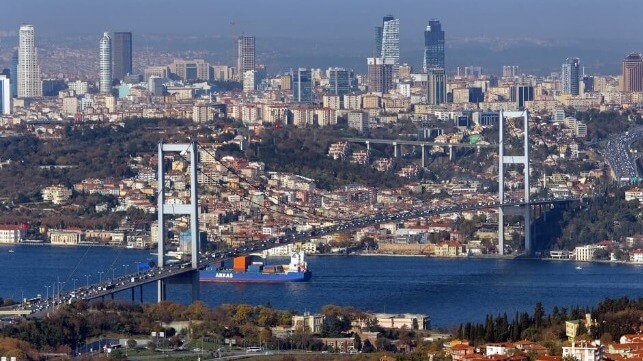Cecilia Jamasmie | January 2, 2024 |
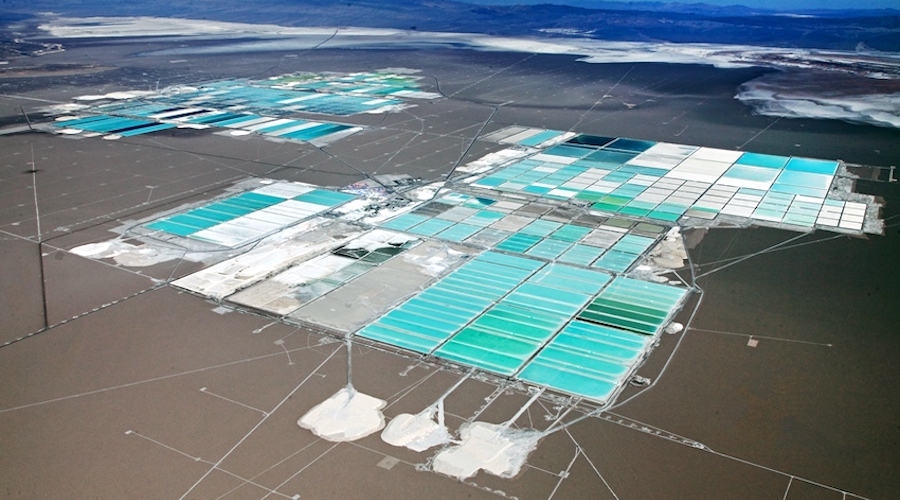
Evaporation ponds in Atacama’s Salt Flat, Chile. (Image courtesy of SQM.)
Shares in Pan Asia Metals (ASX: PAM) jumped on Tuesday after the Australian lithium miner said it had entered into binding option agreements to buy the Tama Atacama lithium project in Chile.

The asset, the company said, is one of the largest lithium brine projects in South America, covering about 1,200km2 across three salt flats. It comprises the Dolores North, Dolores South, Pozon and Pink projects, but Pan Asia is also acquiring the northern half of the nearby Ramatidas project.
Managing director Paul Lock said that surface assays for lithium are extremely high at the project, which has an “enviable” strategic positioning with all infrastructure requirements satisfied.
The purchase of Tama Atacama follows a string of acquisitions in Chile by multinational mining and chemical companies, including France-based Eramet SA, and moves by Australian and Chinese processors to build lithium conversion plants in the South American country.
The deal will hand Pan Asia a 100% interest in the Dolores North and South project over three years — plus an additional year by mutual agreement with vendor Rajo Partnership — by making a $100,000 option payment by December 2024, a $100,000 option payment by the end of 2025, and a final $2 million option payment by December 2026.

The company said it plans to start geophysics and drilling in the early months of 2024.
The announcement comes on the heels of the creation of a new government-controlled lithium partnership that fuses assets of state-run Codelco with private miner SQM (NYSE: SQM), as Chile’s President Gabriel Boric advances his push for greater public control over the battery metal.
SQM said it would partner with copper giant Codelco for the future development and production of the metal in the Atacama salt flat, in a tie-up set to kick off in 2025 and run through 2060.
The deal gives Codelco majority control in line with the president’s plans announced in April, Chile mines minister explained to MINING.COM in detail in May.
Pan Asia Metals’ stock rose as much as 40% to A$0.175, their biggest intraday percentage gain since May 19, 2023 and the highest level since Dec 15, 2023. It closed at A$0.16.
